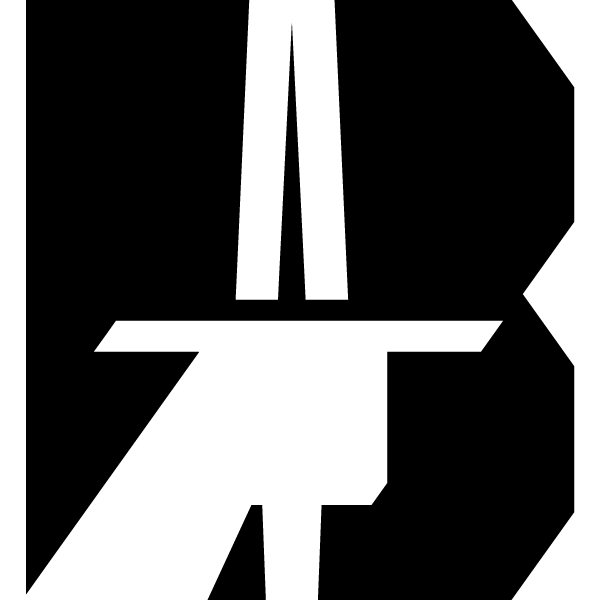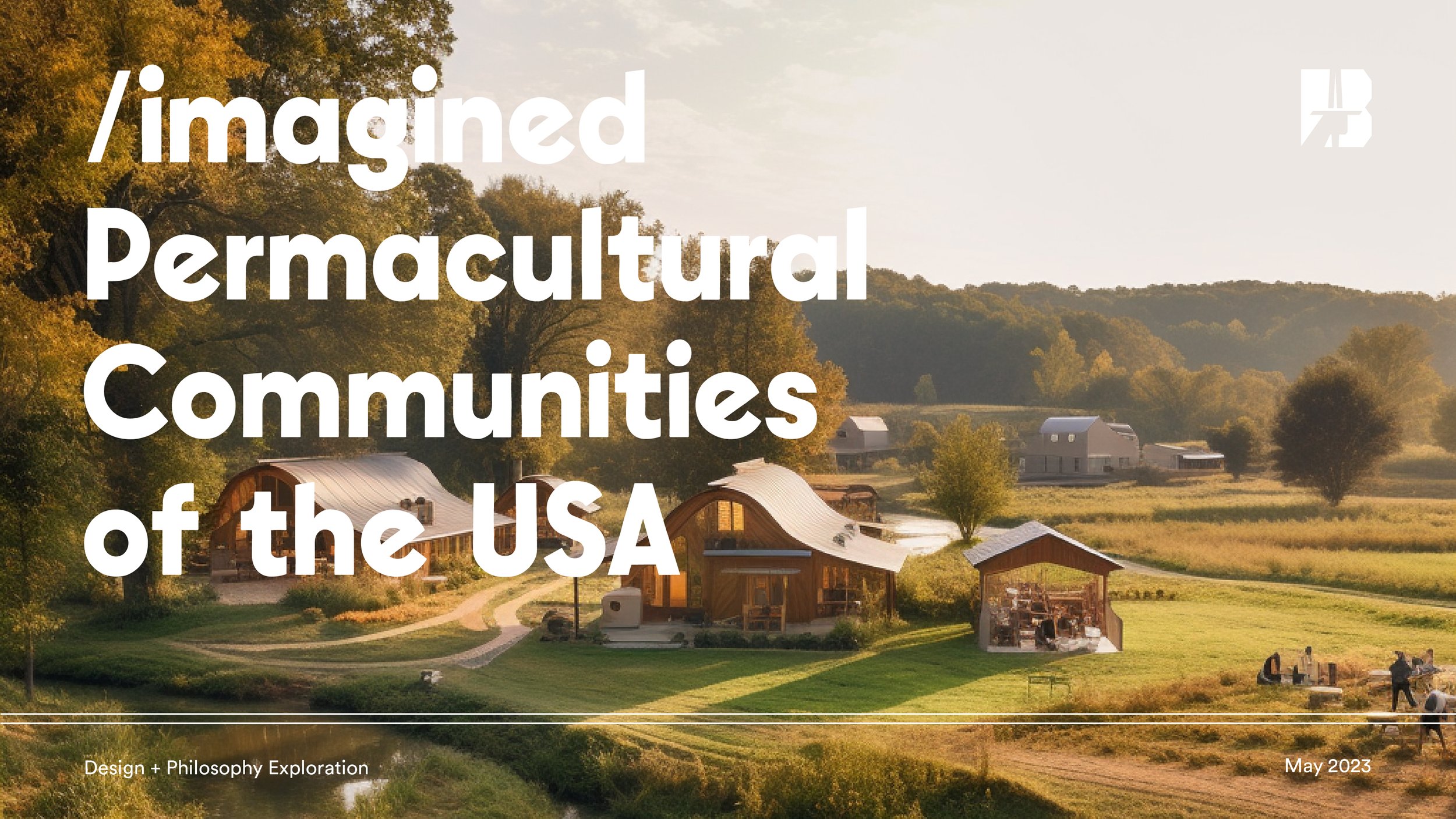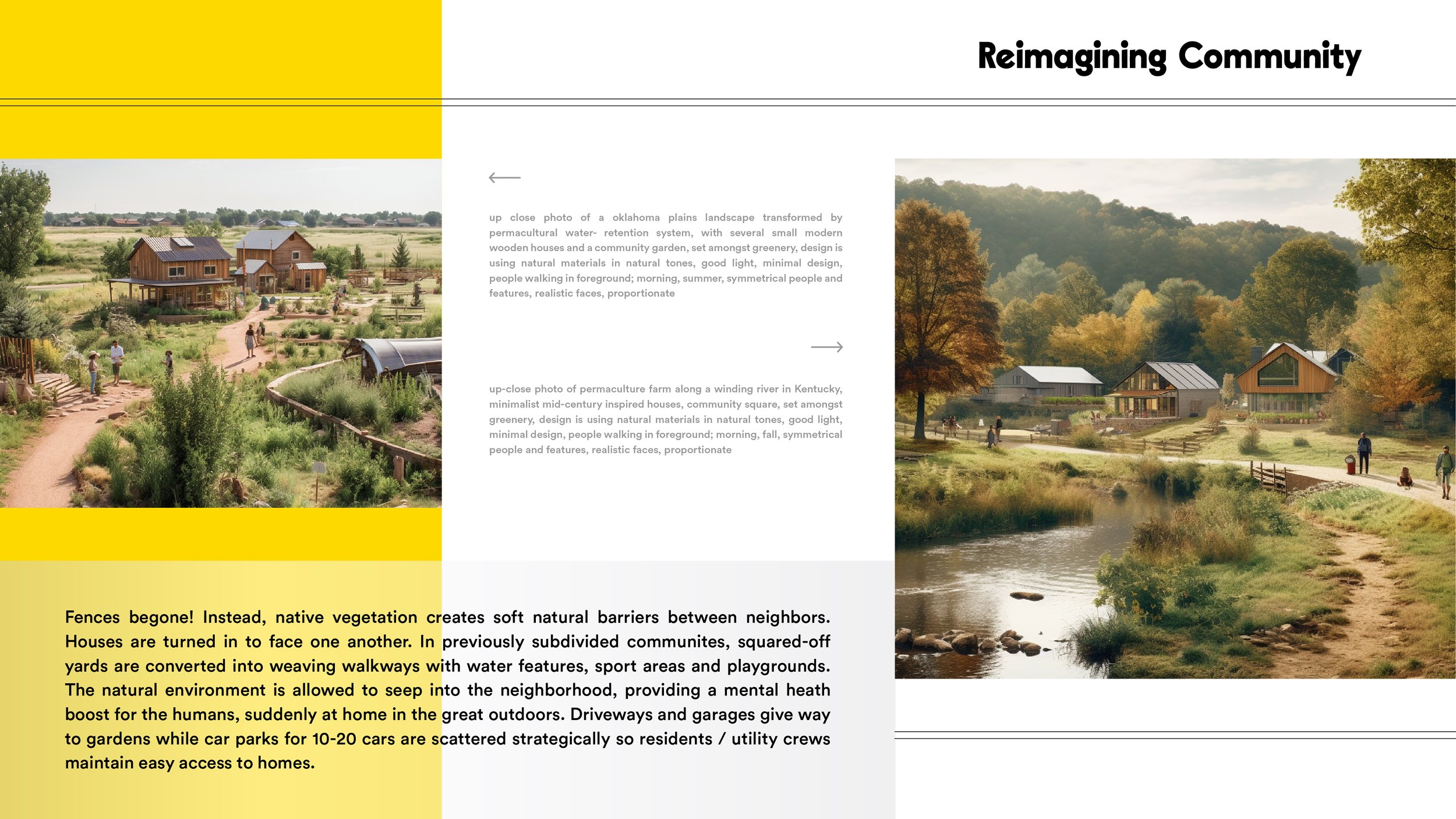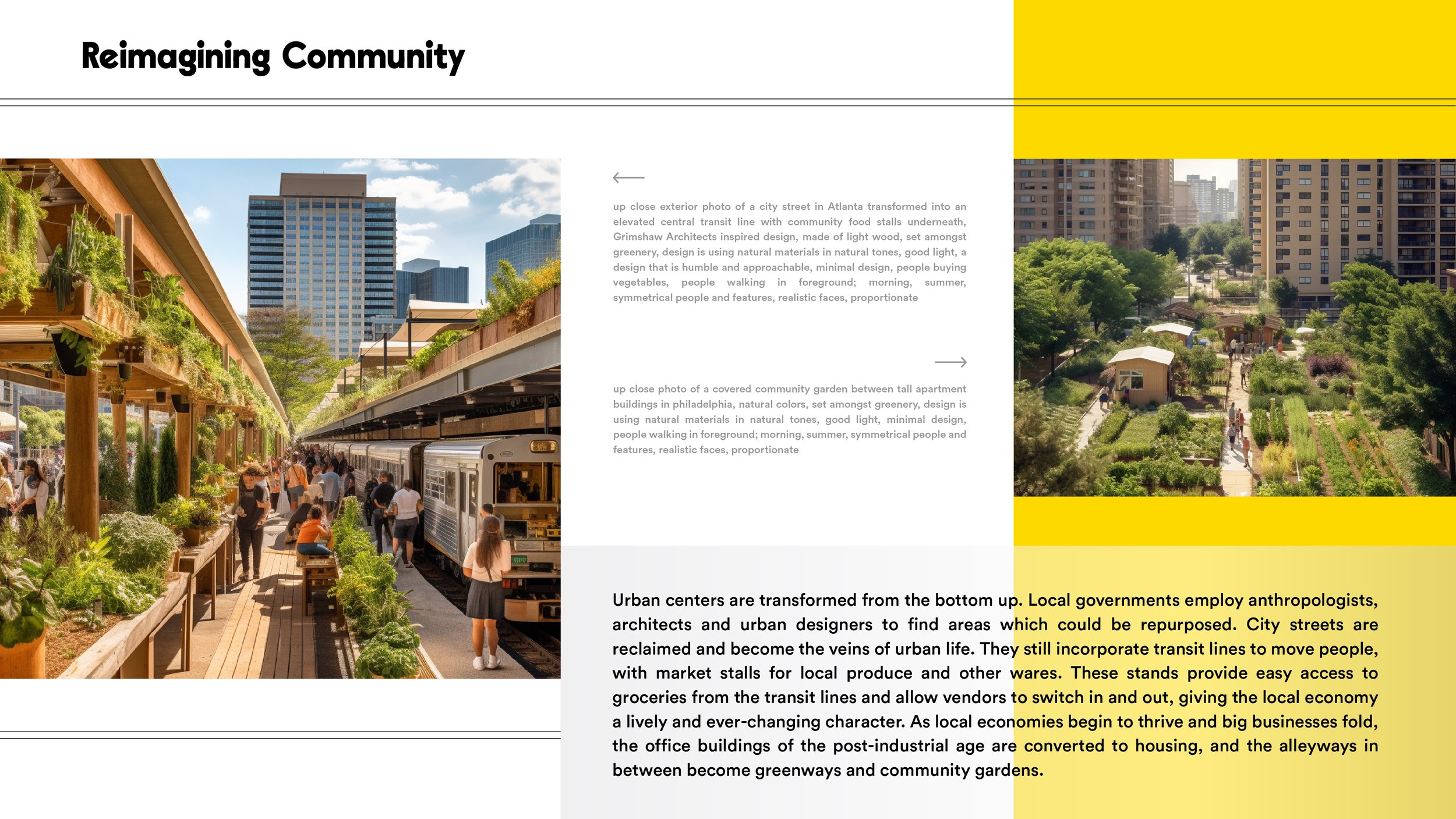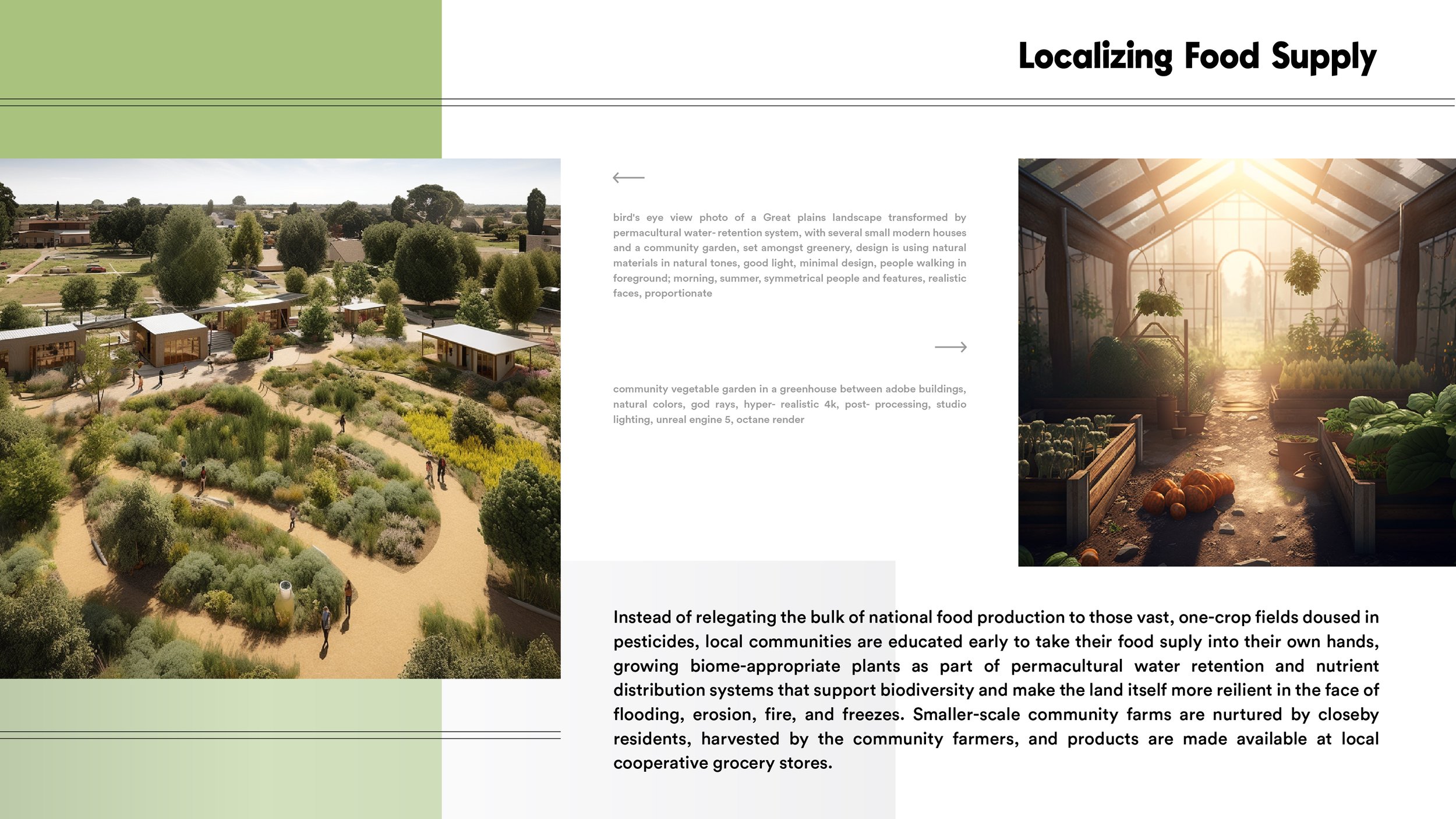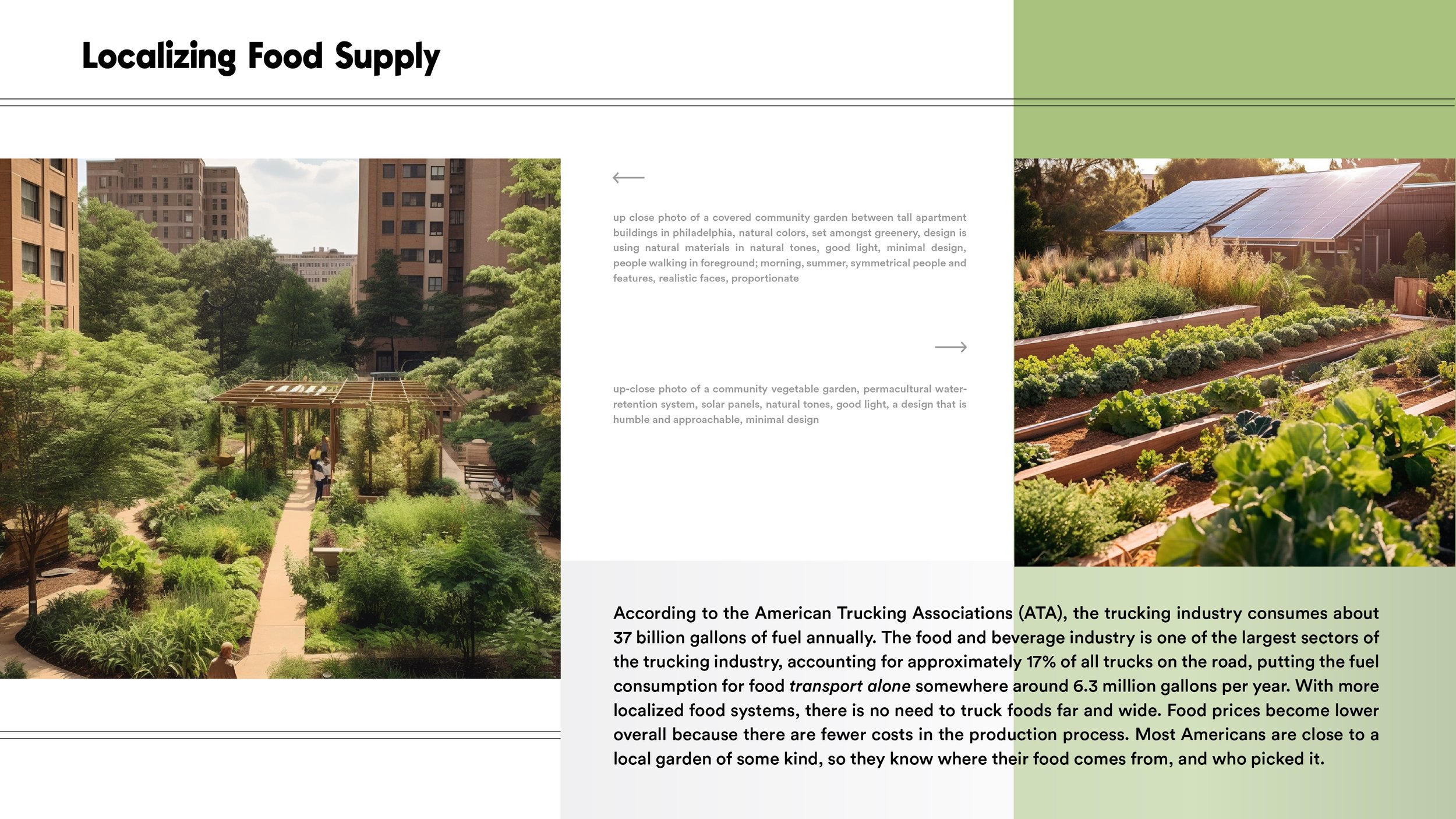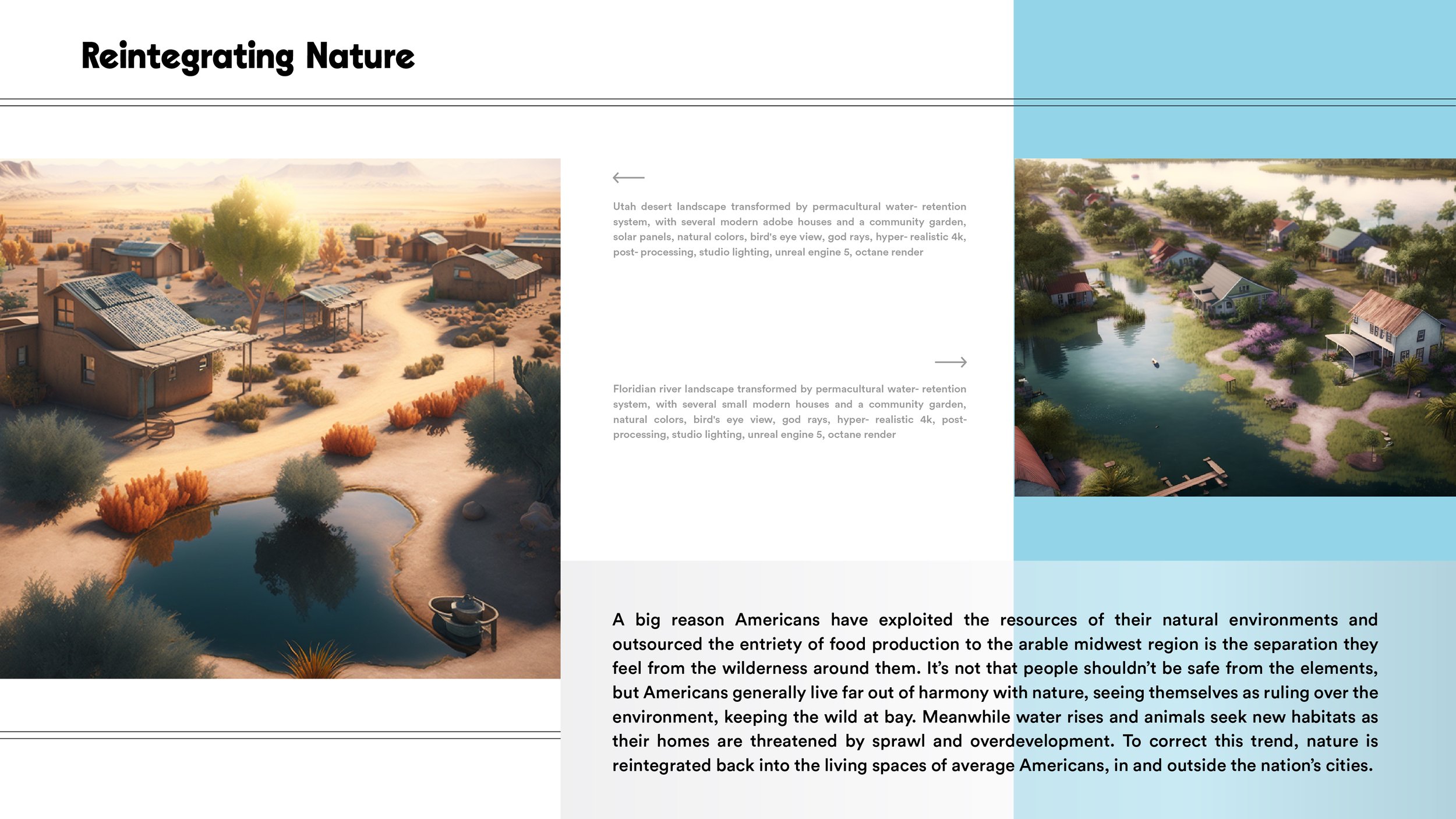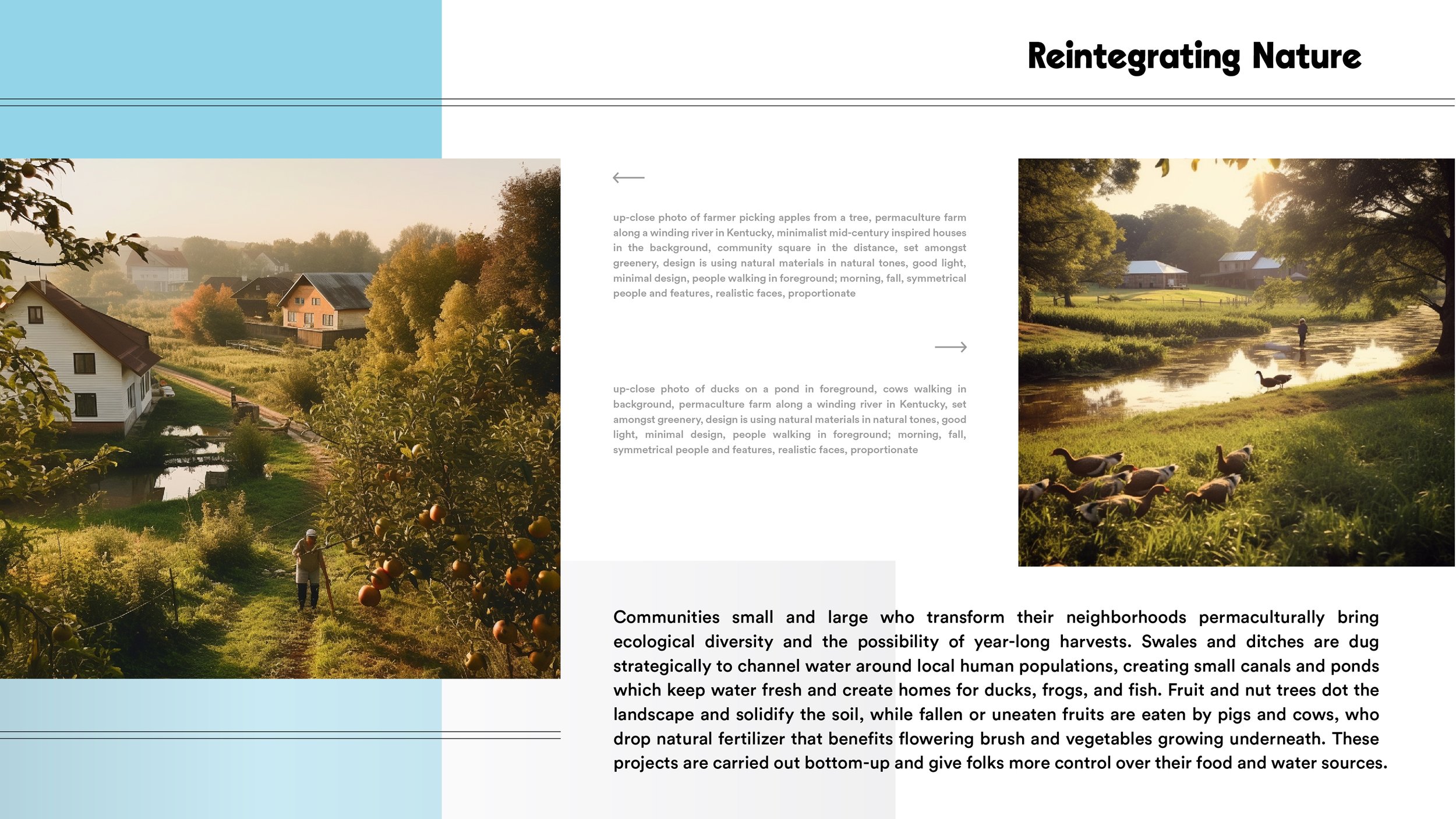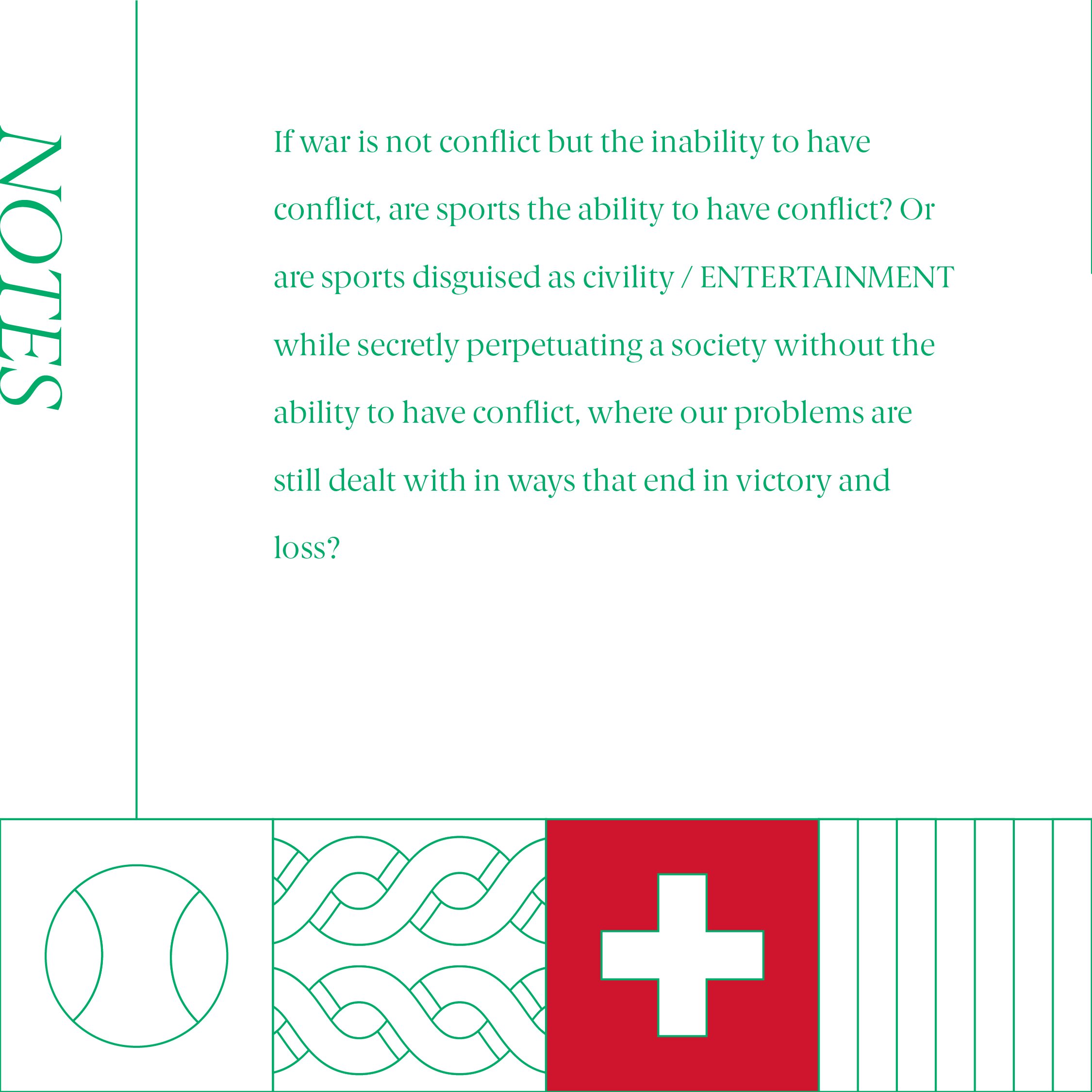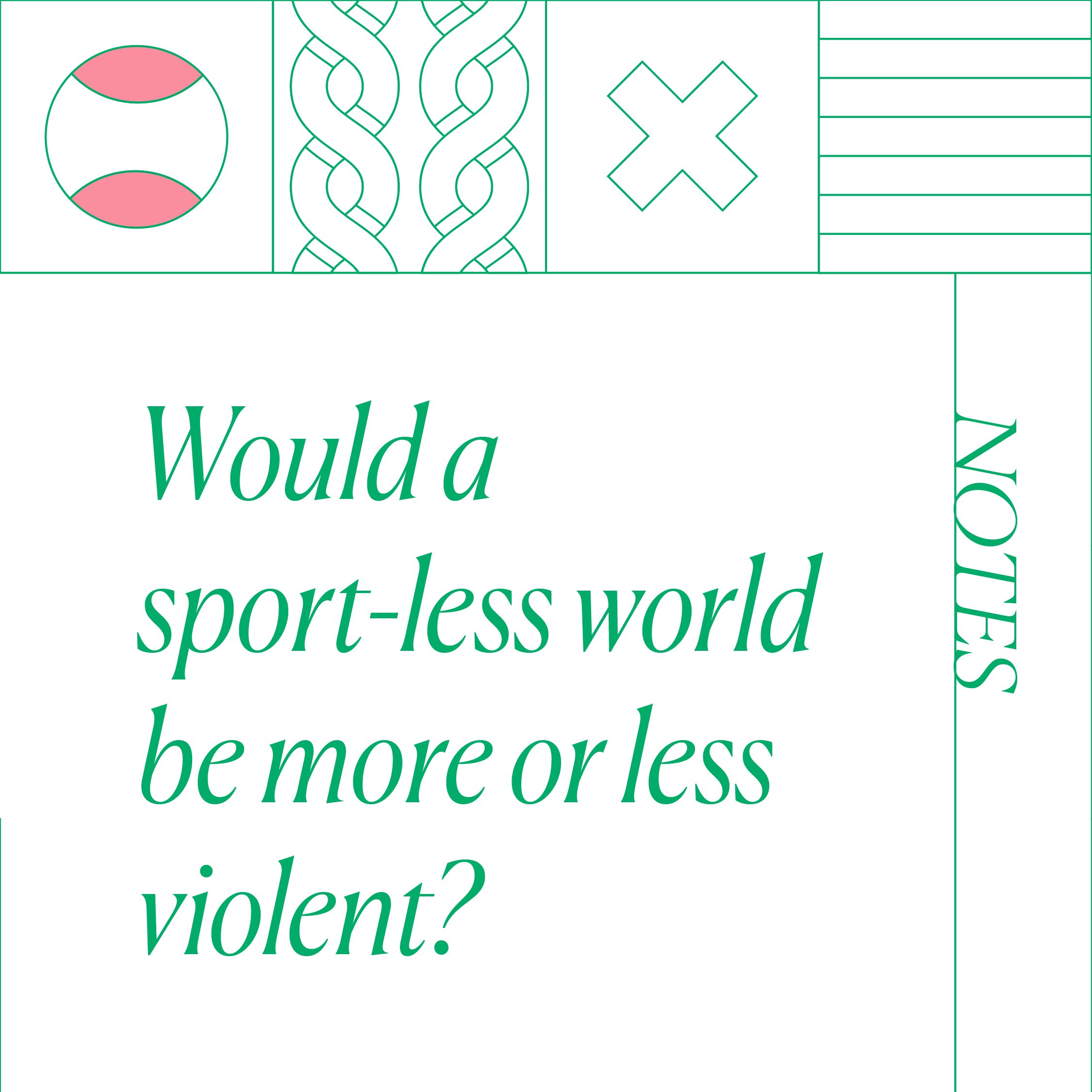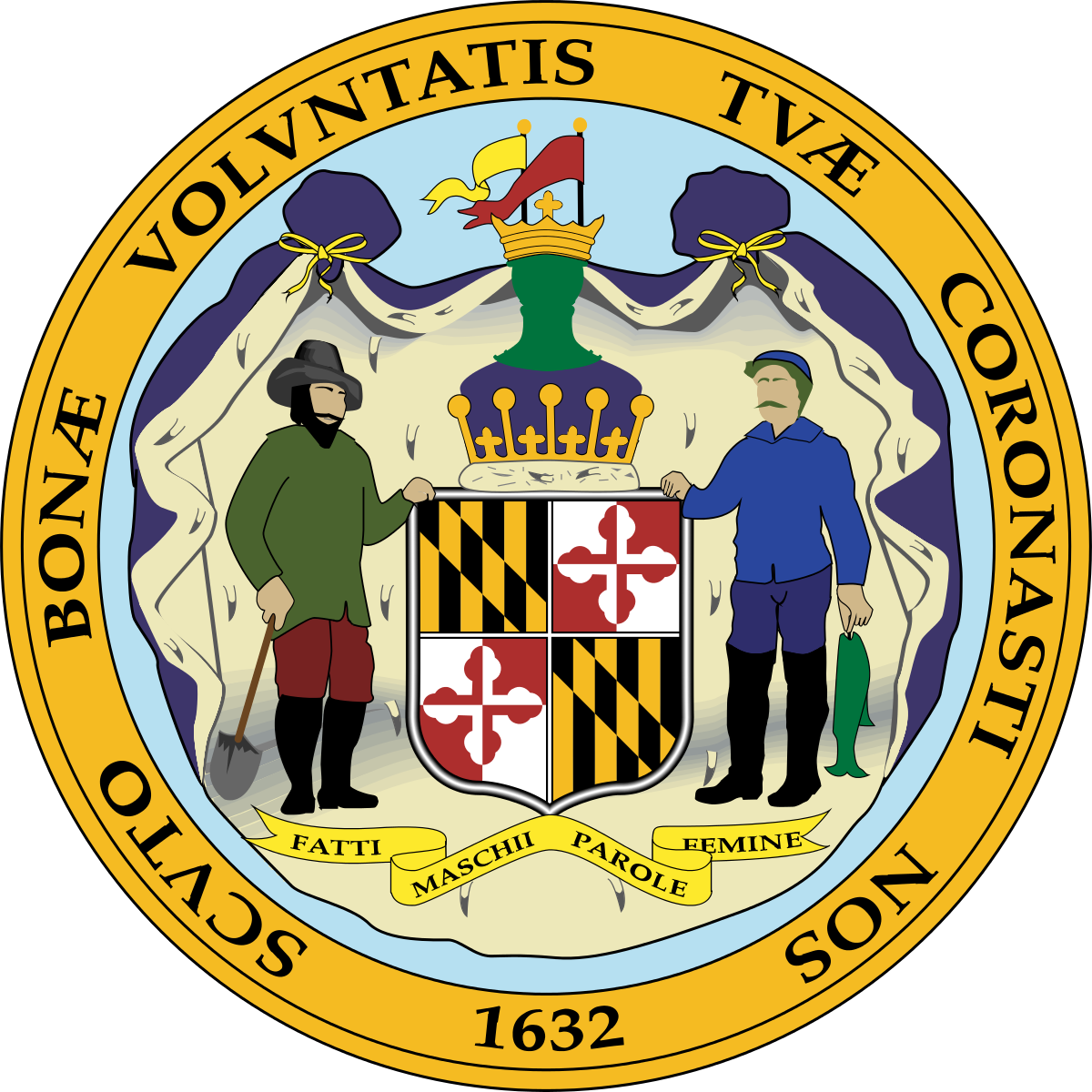Baylor Watts
Section 1: Reading Notes
Week 1: The Multimodal Turn
After reading these articles, I think that multimodal anthropology is actually what comes naturally to me. I wasn’t even really aware that this was a possibility when I started this program, but I have to say, it makes me more confident about finding a space where I can exist as an anthropologist and an artist.
I love to write, but my writing has fallen off as I learned I love to create visual and aural scenes. I find great meaning and comfort in soundscapes, and when I record them I do sometimes feel that I’m capturing the essence of a place. Photography gives me a similar feeling. I have learned to enjoy recording my own voice. Sometimes I make diary entries this way because as technology proliferates, I find it easier than writing on paper or in a word processor. And I really want to improve as a videographer and video editor. I’m glad to hear in these articles that anthropologists are accepting more media into the discipline, because while I want to be a serious anthropologist, I have gotten the feeling for the last couple years that I would rather make art of some kind that reflects my anthropological viewpoints. I want to theorize, but I tend to theorize out loud, in conversation with particular friends who bring it out in me, like in a podcast. This is why I love the way they talk about editing and care in “Last but not least.” Being careful not to edit someone’s thoughts into your own, but spiraling toward insights together, driving each other. And I love, too, their notion that multimodal ethnography should resist definition because it’s about experimentation. I have been thinking about this a lot. My current inspirations for how I would like to convey the ethnographic insights I gather are somewhere between old talk shows, long form storytelling podcasts, plays and films like August: Osage County, and the style of an old American show called CBS Sunday Morning, which would come on every Sunday and feature about 5 human interest stories before signing off with a long soundscape/videoscape from somewhere in nature. I love the way that grounded my Sundays in something peaceful. I love also collaborative volumes and zines, and I’m inspired by the idea of working with others to make anthropological work.
Week 2: Image
“Revealing images arise when one's awareness and understanding align with some brief visual manifestation of the social world” (Sutherland 2016, 38).
Yes! The right moment for a photo is all about timing and subjectivity. I like what Sutherland says about the anthropologist being somewhat of an artist, combining the tangible and the symbolic in frame. I think of Edward Said’s “Orientalism”, and Lila Abu Lughod’s piece in “Media Worlds,” as Sutherland talks briefly about the tension between image and captions, and the decision to explain or not. Do you leave the interpretation up to the viewer? Or is it the responsibility of an anthropologist to explain, or invoke a question that brings the viewer to an understanding, without tempting them to romanticise or exoticise the imagery. His pictures are quite lovely. They do have a very real quality to them; they feel at times private, funny, random, and all beautifully composed. I mean there should be a little room in documentary for pure aesthetics, right?
Sarah Pink’s chapter on photography starts with another perfect insight. It is the viewer who decides what imagery is anthropologically relevant (Pink 2013, 74). Any picture has the chance to document something for someone. But you know, now that we have our phones all the time, and thus have a really good camera for capturing moments, what will happen to composition?
I love Pink’s description of Dawn Lyon and Peter Hatton’s ‘strategies of looking.’ It sounds like a photographic meditation, the way they suggest “not trying too hard to see everything but to absorb the sensory feel and activity of the space, and taking photographs as part of that process” (78). I want to be in photographic flow state. There are times I have been, while trying to document an event ethnographically. But it was a tough balance of being ‘there’ as an anthropologist, and being behind the camera as a photographer. I have many more meaningful pictures of environments, because I find them much easier to capture. I love things that stand still and let me behold them.
Week 2: Image
An Van Dienderen’s film is sort of unlike anything I’ve ever seen. Combined with her article she has made a total research art piece. I read the article first so I would have proper context watching the film, and I really liked her approach. I had heard before that early film, both black and white and color, had been balanced in order for white skin tones to show up, and people of color were, as she puts it, “positioned in relation to” the invisible norm of whiteness.
I didn’t know about the china girls, an aspect of early television production that just makes the whole process a bit sleazier. I liked how the film was really shot on film, and shot to emulate the 1970s. I thought aesthetically it made its point, without being too full of unnecessary imagery. Van Dienderen talked about struggling to edit, and eventually only putting in shots she liked intuitively, ones that didn’t force a narrative. The disembodied CEO’s voice was a good touch. I do wish there was some aspect of the film that showed more of how this “china girls” practice influenced filmmaking today or how it’s still used today. On the other hand, it did make me think a lot about Moonlight, a film I watched for the first time earlier this week. That film has no white characters and almost seems like an inverse color experiment, to see how many nuanced colors they can achieve with black skin. They play with blue tones, green and pink tones, and warm streetlight tones, showcasing Florida’s colorful personality and balancing the legacy of chromakeying by being absolutely loving and meticulous with black skin tones. It’s a gorgeous film, both visually and in content, and I’m already viewing it in a new light.
Week 3: Sound
I have to say, as someone who loves music and podcasts, and who has made both myself, I've paid very little mind to sonic ethnography before now. This article was a really nice explanation and gave me really nice new language (like Acoustemology, wow), but the recordings we listened to gave me new ideas and possibly new life. Andrew Littlejohn's soundscape of post-tsunami Japan was an eye-opener (or ear-opener), in the way that Mattijs opened my eyes (ears) earlier this year with a sonic ethnography album by a Greek anthropologist. I wish I remembered who, but they had a similar way of making me realise that it is possible to edit relevant audio together and create an audio piece that works like an essay or a film. But Wynne's piece about language was a mind-expander, a palette-informer. I adored the way he stitched together interviews, spliced sounds into rhythms, and created quite a musical piece that is quite theoretical and austere, but creates spaces where you can think about what's being presented to you. It's a challenging listen, in the way some of my favourite albums were challenging listens at first. And in the interest of full disclosure, my soundscape, which I compiled tonight, has been wholly inspired by this piece. It has an entirely different character, but the idea of creating a musical piece with spliced audio was all thanks to John Wynne. Today's been a good day. I love finding a new medium, experimenting in new ways with a type of artistic anthropology that fills gaps in my brain I didn't realise were there. Exciting stuff.
Week 3: Sound
I have a lot of admiration for a project like [Air Pressure]. Theoretically it is just about the most appropriate project for focusing on the sounds of a morphing landscape, but that’s why I think the visuals could have been filmed slightly differently or presented as one frame instead of two. This is a personal opinion maybe, but I think the sound in the film was too repetitive to tell coherently the story that they eluded to in the written piece about the film. It was interesting to watch, but I found the format of the film’s visual landscape distracting and impersonal. If they wanted to focus on the way the soundscape of the farm has changed, I think I would have liked it better if the filmmakers had used one screen instead of two, and showed more shots like at 4:45, 5:11 and 6:01, and contrasted them with shots of the busy airport. I wish there were more clips, audio and video, of the farmers as they watched planes go overhead, or footage of the airport through the new fences. I mean, I guess then the film would rely more on the relationship of audio and video to tell the story instead of being a true “sound film.” And maybe I’m primed to expect a certain kind of film and a certain kind of storytelling that’s less challenging. But I just don’t think I really understood the aim of this approach. The sequence felt a bit random to me, or intuitively told a different story to the one alluded to in the article. I don’t know. I look forward to discussing in class, but these are my initial thoughts.
Week 4: Film
I need to read more Tim Ingold. I love the idea of enskilment, brought up in "Rethinking Observational Cinema" (Grimshaw & Ravetz 2009, 550). I do believe learning is always relational and processual, and while doing fieldwork (especially with a camera) I think it is important for the observer to ground themselves in the environment in some way, lest they (or I) become simply a camera operator. I understand the criticism that this approach can keep the anthropologist from developing theory or thinking conceptually, but I disagree. If anything, that's the beauty of recording everything. Later you get to watch back, and develop a story and an understanding of your own research. Research that at first probably meant something quite different to you. While making my film last semester, I felt like I was learning how to film at the same time as I was learning the skills for fieldwork in my specific context, and while I really want to become more comfortable filming skilfully, I sometimes felt that filming was a means to an end. The end being the production of a theoretical piece.
Speaking of filmic pieces, I watched Swamp Dialogues (again)! I watched it last year some time, and got to watch it again with fresh eyes this morning. I love this film. My favorite part, which I think was mentioned in your article, was that you can really feel the cold and the wind and snow through the screen. The environment is so well-communicated with sounds and those shots of birds, cows, frozen puddles, and even the cozy interiors of quaint houses. It's easy to sense, since the environment feels real, the relationships people have to their lives on the delta. Fishing and working hard, socialising over cards and bread with wine. The dialogues remind me of people in Appalachia. People who are living lives that some may romanticise, and tourists dip their toes into, but people who are tough and independent, and therefore distrust regulations set by those who don't understand them. Swamp Dialogues is a good name for this film, because from the first time I watched this, I felt I could really enter into their lifeworld through the screen, because of how much they talk to you, and the way they talk. Was a joy to watch again.
Week 5: Drawing, Field Notes, Comics
Who doesn't love a good diagram. It's funny, because I love art but feel too self-conscious sometimes to make drawings if I can't guarantee they'll be good. I know that's silly. And like Douglas-Jones writes, one's drawing prowess is "not what's in question" in anthropological field drawings. I agree that drawing can be a helpful tool for sketching out concepts more quickly or more holistically than writing, at times. I think I am still more drawn to writing; it feels more satisfying to me to capture something conceptual, or come close, with my words. But I can recognise the art form of doing so with the drafting pencil. For instance, Nick Sousanis' "Unflattening" has been blowing my mind. The level of exploration expressed in his absolutely intense and masterful graphic essay is so admirable and enviable. The chapter "Bodies in motion" more accurately captured some of the metaphysical wonderings of my mind than I think my writing ever could. Because the visual plane was essential to the picture! I hate that it frustrates me when folks are such good draftspeople. I wanna be like that. But we all have our own ways, and a mix of methods. I love recording my own voice as I talk through my thoughts. Feels more natural sometimes than trying to type everything out or scrawl on paper at lightning speed. But drawing captures different elements altogether. The fleeting, the whimsical, the iconographic. Skill be damned, I need to do more drawing, and trust the process rather than seek perfect results. Ain't that always the way.
…
Section 2: Multimedia Experiments
Who am I as an Ethnographer?
Photo Essay
Sonic Ethnography
One-Shot Film
Section 3: Peer Reviews
Image: Tanisha Wattimury
Haha I love this sequence. You take the assignment a bit literally; a photo montage is not required to be sequential or even have a story that is visible at first glance, or explained with captions. Maybe making the viewer contemplate the meaning would also be nice. But everyone's montages that I saw were very different. I love this approach, your story made me laugh, and there's nice layers of reflection in the montage. A cute idea as well.
Sound: Isabella Tosovic
At the beginning of a movie or starting a song, I really like sound that makes me guess what's going on. Your soundbite is the same! I hear elements, definitely arranged with intention. We're outside, inside. Chair, cups, chips. Are we getting coffee? Are we arriving home? It's hard to tell because of how well you managed to isolate the sounds, but I enjoyed trying to be there too.
One-Shot Film: Gabriela Thomas
WD-40 fixes everything! I actually learned a lot haha. It was a nice video, very informative. But since it almost felt like a tutorial, I would say you can take risks being more cinematic. Get in really close to the chain as he sprays it, or frame his face from behind the spinning wheel. Move around and don't be afraid to be in the way. Just some thoughts for how to get creative with your shots. Nice work. :)
…
The End.
Sorry for uploading this in an unorthodox format. I just couldn’t figure out how to embed audio and video into a pdf. But where better to put this than in my ‘journal?’ Thank you for the review.
